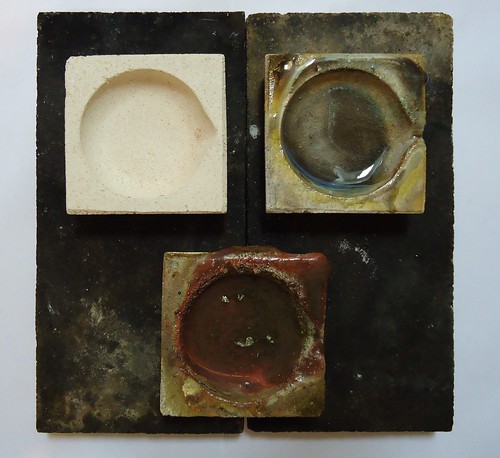
Some months ago, I had sad occasion to write a eulogy of sorts to the best teacher I ever had – Chris Foley.
In it, I wrote how he tempered me to take the edge of thoughtful enquiry (which probably sounds incredibly pompous and conceited, but if I have any intellectual sharpness, I have him to thank for it.)
The image was of the furnace, the blacksmith, the forge – and, at the forge’s heart, in the pit of the furnace, sits the crucible.
Most of us will never see a crucible of this kind in action, but I would like to suggest that we have all spent many years of our lives within a crucible of a very different kind.
The crucible is the container used in a forge in which metal ore is superheated until it runs into molten liquid. It is a relentless environment, forcing its contents to abandon their previous notions of form or shape and to take on a much more fluid nature, which requires working at a much higher temperature.
It is also a supportive environment – it does not leak, it holds its own shape, it preserves the increasingly volitile and vulnerable material from loss or harm by taking the fury of the furnace on itself. It requires change and adaptation of what lies within, but it also offers protection throughout this process of change.
Melting into learning
A classroom is the container used in a school in which learners and teachers are focused until they meld into a learning complex. It is a relentless environment, forcing those within to abandon their previous notions of themselves and their capacities and to take on a more fluid nature, which requires working at a much higher capacity.
It is also a supportive environment – it is often a private space, it is defined by the walls which partition it from the rest of the school, or the .php code which partition it from the rest of the database in which it virtually exists. It preserves the increasingly volitile learners and teachers within from harm by absorbing some of the fury of learning on itself.
It does this, for example, by making trial and error a low-consequence experiment, by shielding those within from judgment from without, by implicitly saying that the only rules that matter are the ones which have their roots in this space. It requires change and adaptation from those within, but – as a crysalis to a butterfly – it also offers protection throughout this process of change.
Learning is a process of radical change
Metal placed in a crucible is changed radically by the experience. Regardless of what type of metal – iron, lead, copper, gold – eventually, given time and heat, it will comply with the crucible.
People placed in a crucible are changed radically by the experience. Regardless of what type of person – adult, child, learner, teacher – eventually, given time and purpose, they will comply with the crucible.
We teachers often see ourselves as the blacksmiths – those who beat and hammer on the ore of our learners; in fact we are just as much within the crucible of the classroom as our learners are, and are equally subject to its transformative influence.
The limits of nature
forge crucibles are honest places – they are rarely if ever used for purposes against their nature. Why would they be?
Classroom crucibles are sometimes dishonest places – they are sometimes used for purposes against their nature, such as covert testing, selection, demoralisation, indoctrination, punishment. Why is this so?
Whatever the answers, and no matter where you find the limits of this analogy, I would love to hear any tales from the crucible you would like to share here: moments where you felt yourself burning molten in the midst of learning, as a learner or a teacher, in the crucible of your classroom.
RT @Marisa_C: RT @AnthonyGaughan: The classroom as crucible – first post at my new online home so please stop by for coffee! http://t.co/eeWgw2m4
ANOTHER metaphor that I had never considered, and this one is truly HOT. Very exciting one to ponder, though I needed to shake off my first association with the word “crucible” – Arthur Miller’s play.
Hmmm, off to think about this…
(This WILL be in the book, won’t it?)
I had a devil of a time finding images for this post that weren’t production shots of that play!
Glad you like it – I had intended a very different kind of post, more concrete, but as I’m in a playful discussion war about the value of metaphor over at http://www.mikejharrison.com/2012/07/a-good-analogy-we-loves-it-dont-we I thought: “why not?”
As for the book – Why would I put this in there when you already have it here? Would you be interested in an anthology of sorts (at least as a section)?
Yes to the anthology!
the classroom as crucible http://t.co/rbyCwJSk via@AnthonyGaughan #dogme #eltchat #efl #esl #edchat
RT @naomishema: the classroom as crucible http://t.co/rbyCwJSk via@AnthonyGaughan #dogme #eltchat #efl #esl #edchat
the classroom as crucible http://t.co/EjN8rVqs #learning #education